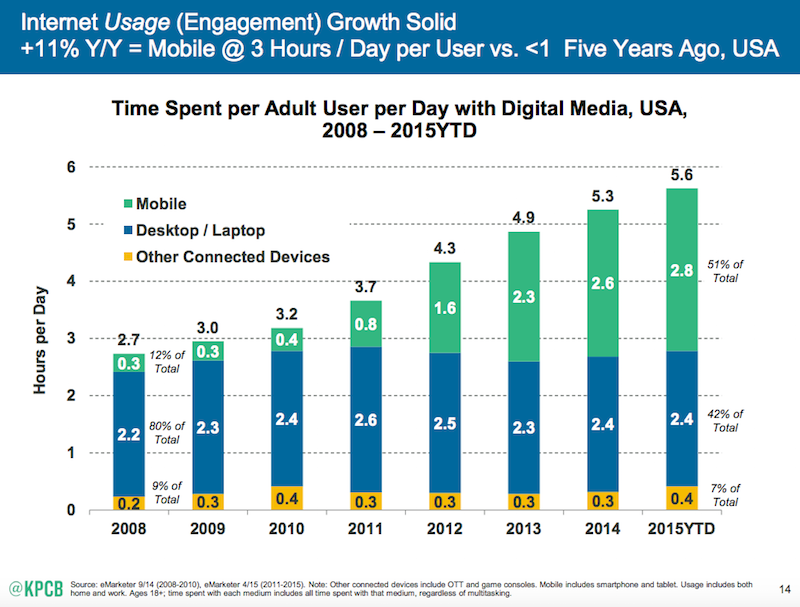
Online marketers carry a do’s and don’ts list for SEO. The do’s are to be implemented and the don’ts are to be avoided, both for the same purpose: getting increased visibility on search engines.
Bounce Rate
Bounce rate belongs in the list of don’ts. A high website bounce rate means that the site’s not living up to an SEO’s expectations. It has performance issues that need to be addressed. A high bounce rate is a sign of other performance deadlocks.
See the screenshot below:

The website bounce rate is 60.60%, and that’s high. Its impact is visible on the incoming visitor pattern. The number of returning visitors is way less compared to new visitors.
The opposite of bounce rate, retention rate, implies the same set of users are coming back to the site again and again, either because the content is engaging enough to keep them hooked, the site layout is enticing, or the site has some exclusive features that others lack.
Reducing Bounce Rate
A site’s bounce rate falling off implicates visitors are staying on the site longer, that the browsing experience is holding their attention, and that the site is registering a better user experience. To reduce bounce rate, heed the following recommendations.
1. Remove Pop Ups
From an end user’s point of view, pop ups are as annoying as it gets. Pop ups render an intrusive user experience, which deters a site from keeping visitors for long. The idea behind having pop ups on a site can be anything from increasing the number of social media followers to adding newsletter subscribers.
The more important the content, the more the exasperation created by the unexpected occurrence of pop ups. See the image below:

Figure 1
The title, only partially visible due to the pop up, reads “60 billion alien planets could support life.” It’s an interesting title, not only to space scientists but also to ordinary users, who would read the rest of the content enthusiastically. But just when they put all their attention down on the article, the advertisement pops up and covers the content. You can’t blame visitors if they get annoyed due to this and leave.
Reports from industry sources reveal that only 14% of site visitors consider responding to the pop ups and an even smaller number actually responds.
To reduce bounce rate, site owners should seriously consider removing pop ups.
2. Remove Auto-Play Media Elements
All sites want to offer visitors an impressive browsing experience, and pop ups aren’t the only obtrusive elements; auto-play media elements are equally infamous. Media elements that start playing automatically are usually either audio or video files and they can confuse site visitors.
Imagine you land on a website and an audio file or video begins to play automatically. First, you’ll be baffled and then look for its source. If it’s an audio file and you have your speakers on, you’ll hear the sound but not know where it’s coming from. Looking up at the favicon can show you an audio symbol. You can then check the page, find the audio file and mute it. If the file keeps playing and you can’t put it on pause, then you’ll probably leave the site, increasing website bounce rate.
Auto-play media elements are so unpopular that browser developers have already addressed this issue. In 2015, Chrome announced it would no longer support auto-play video in background tabs. Macworld has even published a blog detailing how to block an auto-play video for Mac users. What site owners need to understand is very simple; they need to remove all sorts of auto-play media elements to improve retention rate.
3. Create Conversational Content
Content is unanimously held as king because quality content triggers a high retention rate, thereby reducing the bounce rate and making the site-visiting experience more engaging. What is quality content? Quality content is content that delivers information and engages readers in a conversation.
Conversing with visitors on your site can hold keep them there for a long time. When someone strikes up a conversation with you, you respond and keep it going for the sake of decency. The same rule applies to those who visit your site. They can’t simply leave and say “excuse me” in the middle of a conversation.
Writing conversational content isn’t easy. Brian Sutter wrote in Forbes that most people only scan online content but don’t read it in its entirety, making content scannability an important element. Scannability depends on eloquence and brevity. It draws the reader’s attention and is what leads him or her to engage in a conversation. As s/he gets more and more into it, the website retention rate increases and the bounce rate decreases.
4. Make Mobile Optimization a Priority
Unless your site is mobile-friendly, reducing your bounce rate will be hard. Don’t make the classic mistake of underestimating the handheld user-base. They are growing at a rapid pace and have already surpassed the desktop user-base. Check out the mobile marketing insight below:
51% of American adults consume media content through mobile devices compared to 42% who use desktop devices. The swelling mobile user-base is an answer to why you need to optimize your site for mobile devices. Having a low-bandwidth mobile site offers you zero competitive edge.
It’s a must for your site to have responsive web design (RWD) so that the layout, navigation items and content remain the same regardless of what device is being used. Use RWD and test your site’s mobile compatibility frequently. Format the viewport and choose simple fonts that are suitable for the mobile web, as these are key elements that determine whether users will stay on or leave your site.
5. Keep Loading Time Quick
A slow loading site means unsatisfactory user-engagement. The fact-sheet shared on Kissmetrics shows how loading time affects the business bottom line. It also shows that users are more tolerant to a slow loading site on desktop computers than they are on handheld devices.
“But how long is too long?” you might wonder. Users are unwilling to wait for more than 8-10 seconds for media and other elements to load. Therefore, make sure your site, both desktop and the mobile version, load fully within this time frame. Optimizing the load time is possible if you declutter the interface, get rid of junk codes, work on media files and host the site on a good server.
6. Beware of Ad Placement
Site owners want to earn money from advertisements. That’s fine, but it’s important to ensure ads aren’t intrusive to the user experience. Static ads are tolerable, but dynamic ads, especially pop up ads, are unbearable. Many visitors use ad-blocking software so ads don’t annoy and distract them.
My advice is that you put all ads in the right-hand navigation. As an average user’s eye moves in the “F-shaped” pattern, his or her eyes will quickly move away from the ad content on the right side, and there will be no hindrance to accessing the content. Don’t put ads in the header area and never put them in the body area.
Those who earn money from AdSense and similar networks are trying to make a quick profit. Therefore, building authority and decreasing website bounce rate is of little concern to them. But your priority is the latter, and so it’s imperative that you’re very careful when it comes to ad placement.
Final Thoughts
If you’re ready to decrease website bounce rate and increase retention rate, the above six techniques are easy to follow and involve very little, if any, technical expertise. Therefore, it’s time to start implementing them on your own site! Make sure you measure how effective they are at keeping your visitors happy and, more importantly, keeping them on your site!









